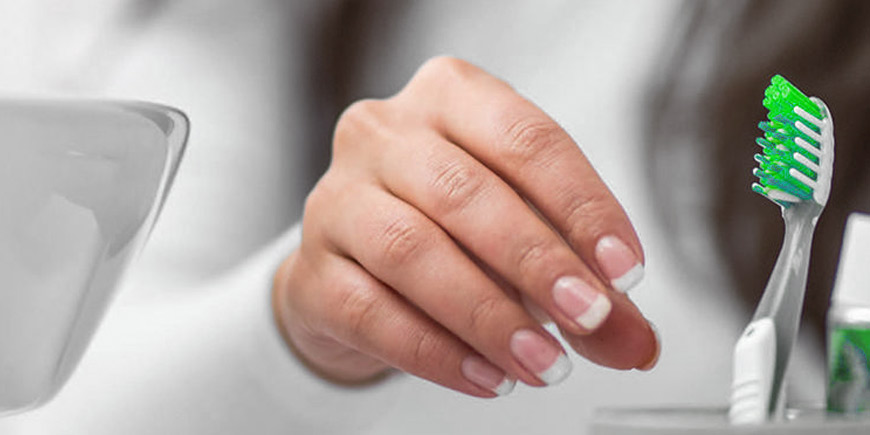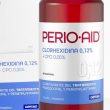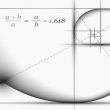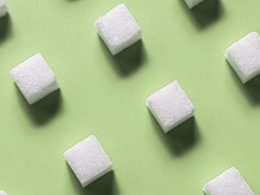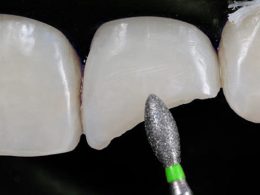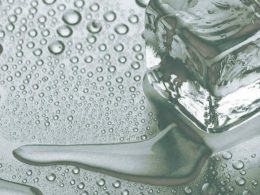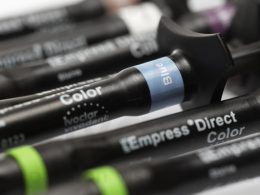Table of Contents
At this time, noncarious cervical lesions is a common occurrence in clinics nowadays. They are important wear that occurs at the level of the neck of the teeth and can affect tooth sensitivity, plaque retention, caries incidence, structural integrity and pulp vitality. These noncarious processes may include abrasion, corrosion, and possibly abfraction; acting alone or in combination.
Abrasion is the result of friction between a tooth and an exogenous agent. It can occur as a result of overzealous tooth brushing, improper use of dental floss and toothpicks, or detrimental oral habits.
In Dentistry, the term erosion or corrosion is used to define the loss of dental hard tissues by chemical action not involving bacteria. There are both endogenous and exogenous sources of corrosion. Endogenous include primarily bulimia and gastro esophageal reflux disease; and exogenous are excessive consumption of citrus fruits, highly acidic foods and beverages, and low pH mouthwashes.
Abfraction refers to the loss of cervical structure due to the harmful effect of excessive masticatory forces (stress concentration) caused by malocclusions, occlusal interferences, premature contacts, habits of bruxism and clenching.
Frequently, more than two mechanisms may be involved at the same time in the etiology of tooth surface cervical lesions, featuring a multifactorial phenomenon. For example, a corrosive cervical lesion could be exacerbated by tooth brushing abrasion. When to these two mechanisms are added the effect of stress (abfraction) resulting from bruxism or occlusal interference, these lesions then become corrosive-abrasive-abfractive in nature. These various mechanisms can act either synergistically, sequentially, or alternately.
Why Is it Necessary to Treat Cervical Injuries?
Because like dental caries, these lesions can cause extreme sensitivity and sharp pain, exposure and infection of the dental pulp, weakening and fracture of the teeth; and in severe cases, loss of them.
Treating the Causes
The first step in treating this type of injuries should always be to suppress, intercept, or eliminate the causes that produce them. Otherwise, they will relapse more strongly.
Abrasion is the most cited etiological factor for the development of cervical injuries and it is generally thought that it is a consequence of factors related to tooth brushing, specifically that which is too frequent or aggressive, performed with inadequate techniques, with excessively rigid filament brushes or abrasive toothpastes. Therefore, just by modifying and correcting the brushing technique, we can eliminate the most important etiological factor.
Another etiology that can be effectively controlled is the chemical corrosion. Treating bulimia and gastroesophageal reflux disease, and abstaining from a diet rich in citrus and acidic foods, will provide very good results.
When the etiology of abfraction is diagnosed, the case becomes somewhat complicated. The science of occlusion is complex, and treatment requires preparation, intelligence, and a lot of experience.
Occlusal adjustments may involve altering the inclination of the cusps, reducing the strongest contacts, and eliminating premature contacts. Sometimes extensive restorative procedures, such as reestablishment of the previous guide through fixed oral rehabilitation or orthodontic movements, might be necessary.
Occlusal splints, aimed at reducing the amount of nocturnal bruxism and nonaxial tooth forces, have been recommended to prevent the initiation and progression of abfraction lesions.
Restorative Treatment
Once the restorative treatment is indicated, and even with advanced destruction, minimally invasive restorative intervention, such as sealing or covering with composite material, should be the therapy of choice. Glass ionomer cements and resin composites in combination with a dentine bonding agent, are the most common restorative options.
1- Color Selection
Considering esthetics, the color of the cervical area is easy to obtain, usually with a higher saturation and smaller translucency compared to the color of the other two thirds of the tooth.
2- Isolation
To achieve a correct adhesion of cements or resins to the tooth, it is essential to avoid that the material and the substrate become contaminated with saliva or moisture before and during their hardening or polymerization. If it happens, the restoration will surely fall off soon.
Rubber dam clamps, gingival retraction cord, and periodontal surgery are methods that can be used to retract and control the gingival tissues, and thus facilitate access and also control moisture. When adequate rubber dam isolation is not possible another isolation method has to be employed. In any case, a proper isolation is the first step for the success in restoring cervical lesions.
3- Cavity Cleaning and Preparation of the Substrate
After the isolation another important step should be performed: the prophylaxis of the cavity. In nonsensitive cavities, we recommend rubbing the cavity and its periphery with a cotton pellet soaked with an anionic detergent, followed by rinsing with water, drying, and conventional total acid etching (with phosphoric acid) with the aim of removing the sticky layer.
In the presence of sensitivity, rubbing with detergent is still indicated but the phosphoric acid should be applied only on enamel.
4- Adhesive Application
After doing the acid etching, dentin will be conditioned to retain the material by the self-etching primer/adhesive. An active application of these compounds should be employed, rubbing the surface with a well soaked microbrush for 15-seconds, waiting other 15 second period to allow volatilization of solvents.
5- Insertion and Packaging of Restorative Material
Several restorative techniques have been proposed to minimize shrinkage due to polymerization and also to achieve better marginal adaptation in this class of cavities. However, the most important is incremental placement of the composite material, starting in the dentin portion of the preparation, that is, in its deepest part. Whenever possible, the cavity should be restored with three, or at least, two layers of the material.
Employing a careful technique is possible to achieve a restoration with minimum or no finishing and polishing procedures needed.
6- Finishing and Polishing
Any excess or roughness should be avoided in the restorations. Plaque retention, gingival inflammation, and occurrence of caries lesions represent not only a failure of the restoration but also a creation of new problems to the patient. Poorly performed finishing and polishing procedures can lead to damage to the soft and hard tissues.
Techniques with minimum need of finishing and polishing are ideal, but properly contoured restorations are seldom achieved without the need to remove excess material. When finishing and polishing is necessary, a good option is the use of fine diamond finishing tips followed by the application of a surface sealer or liquid polish.
7- Clinical Control
As emphasized before, this type of treatment is not easy, and sometimes, new procedures or different approaches are needed. Semi-annual appointments should be performed in order to observe the evolution of the lesions, the conditions of the restorations, and other symptoms of the patient. Also, the maintenance of the surface polish can be performed with a new surface sealant application.
“Filling with Glass Ionomer or Composite Resin Is Usually the Treatment of Choice for Noncarious Cervical Lesions”.
DENTAL TIP
Treatment in Cases of Advanced Wear
Treating noncarious cervical lesions necessarily involves the next steps: problem identification, diagnosis, etiological factor removal, or treatment, and, if necessary; restoration. Due to its multifactorial character, it is not a simple procedure. A successful diagnosis and treatment plan requires a thorough patient history, careful observations and evaluations.
Different approaches should be evaluated for each specific situation, including root canals, posts, artificial cores, and ceramic crowns; for larger injuries that pose a risk of dental fracture. However, they represent the minority of cases.
Save a Lot of Money on Your Dental Care!
DENTAL VIP has years of experience in helping patients get the best possible treatment at the best possible price by travelling to Venezuela for their dental makeover. Whether you wish to close a gap, improve the appearance of your smile, replace teeth which are missing or rehabilitate your entire mouth, it is amazing how much can be done in a short space of time with the right dental team and technology.
If you have never travelled to Caracas before we can quite literally organize your whole dental trip. From your initial quotation, sourcing your flight tickets and hotel along with getting you to DENTAL VIP to undergo your treatment and back to your hotel again. It is our job to make this easy for you, just as we already have for hundreds of patients across the globe.
Being the largest facilitator of dental treatment in Venezuela, we are known in the industry for our quick and professional response. Get in touch today via WhatsApp +58 414-9033547 or Email to see how we can help you achieve the confident smile you have always wanted.






